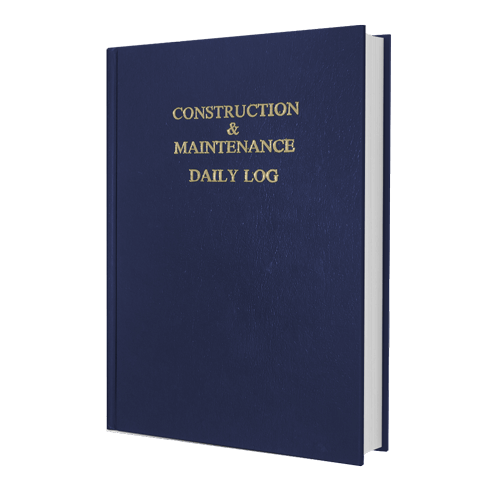The demand for skilled labor is a growing challenge for the construction industry. Last fall, the Associated General Contractors of America reported that 74% of firms across the country had difficulties finding qualified skilled labor. That, coupled with a rapidly aging workforce, presents significant risks for contactors.
The Centers for Medicare and Medicaid Services reports that more than 10,000 people per day will turn 65 over the next 19 years. The construction industry has seen a dramatic 54% increase in employment by individuals within this demographic since 1985; therefore, the industry is anticipating a significant number of workers will head toward retirement soon.
Some employees may choose to extend their career for a variety of reasons, and contractors must consider measures to keep them on the job (including offering employee wellness programs). Eventually, however, retiring employees need to be replaced. This situation creates a few issues—the need to transfer knowledge to new and less-experienced employees, the need to find workers with the skills and training to match the job, and, finally, the need to manage quality and safety concerns that might be unfamiliar to new employees. When a contractor does hire someone new, there are steps that can help mitigate the risks inherent to the new hire.
Find the Right Fit
Filling a job opening is clearly a challenge but relaxing standards just to get a body in the door can pose a serious risk. Finding the right person starts with clearly outlining the job responsibilities. This includes everything from driving abilities and physical demands to communications and leadership skills. Interviewing the candidate, asking questions about previous experience, probing his or her approach to safety and calling for references can help the decision-making process.
Depending on state requirements, it may be appropriate to include background checks, pre-employment drug and alcohol screenings, equipment certifications, motor vehicle records and physical exams that typically come after an offer is made. Since qualified job candidates are at a premium, using each of these tools may help you hire a better-qualified worker as quickly as possible.
Limit the Potential for Accidents
New employees are often susceptible to accidents. In fact, claim numbers from Travelers’ construction clients show that more than 40% of injuries happen to employees who have less than one year of experience with the company. Employee injuries can have an impact beyond the well-being of the employee, including project disruptions, increased costs to retrain replacement workers and the potential for damage to a company’s reputation. To help keep new workers safe, senior management needs to be committed to the effective communication and enforcement of a safety program.
Site foremen and others in leadership positions should model safe practices and have the authority to change behaviors if they see unsafe operations. Jobsite orientations for new workers can be extremely important. Employing strategies to easily identify new workers on a jobsite so more experienced workers can provide guidance or support is helpful.
It also is important for managers to confirm that their employees understand the training they receive, safety or otherwise. There are various resources available from insurance providers and industry groups that offer insights into safety programs through benchmarking data from similar contractors. This can help identify potential control weaknesses and opportunities for contractors to enhance their practices.
Transfer of Knowledge
Assigning a mentor is another effective strategy for contractors to set expectations on following company procedures, getting the job done right and helping ensure workers go home safely. Mentors should be experienced, effective communicators with a deep understanding of the business culture and be willing to take on the responsibility for the success of new workers.
The mentors also can provide valuable feedback to managers so they can evaluate the attributes of the new worker. This can help determine whether the new worker is equipped to do the job safely and without compromising quality.
Filling a business with talented workers and setting the company toward long-term success is possibly one of the most challenging tasks any contractor can face today. Insurance companies and brokers with dedicated construction resources have tools and capabilities to help support contractors in their efforts to ensure a seamless generational transition of their workforce.
When new employees are brought into the fold, taking these steps can help them reach their potential and provide the business with a new generation of workers that can be depended upon for years to come.
Rick Keegan leads the Construction Business Unit at Travelers. Before joining Travelers, he worked in risk management for a large global contractor based in New York.

